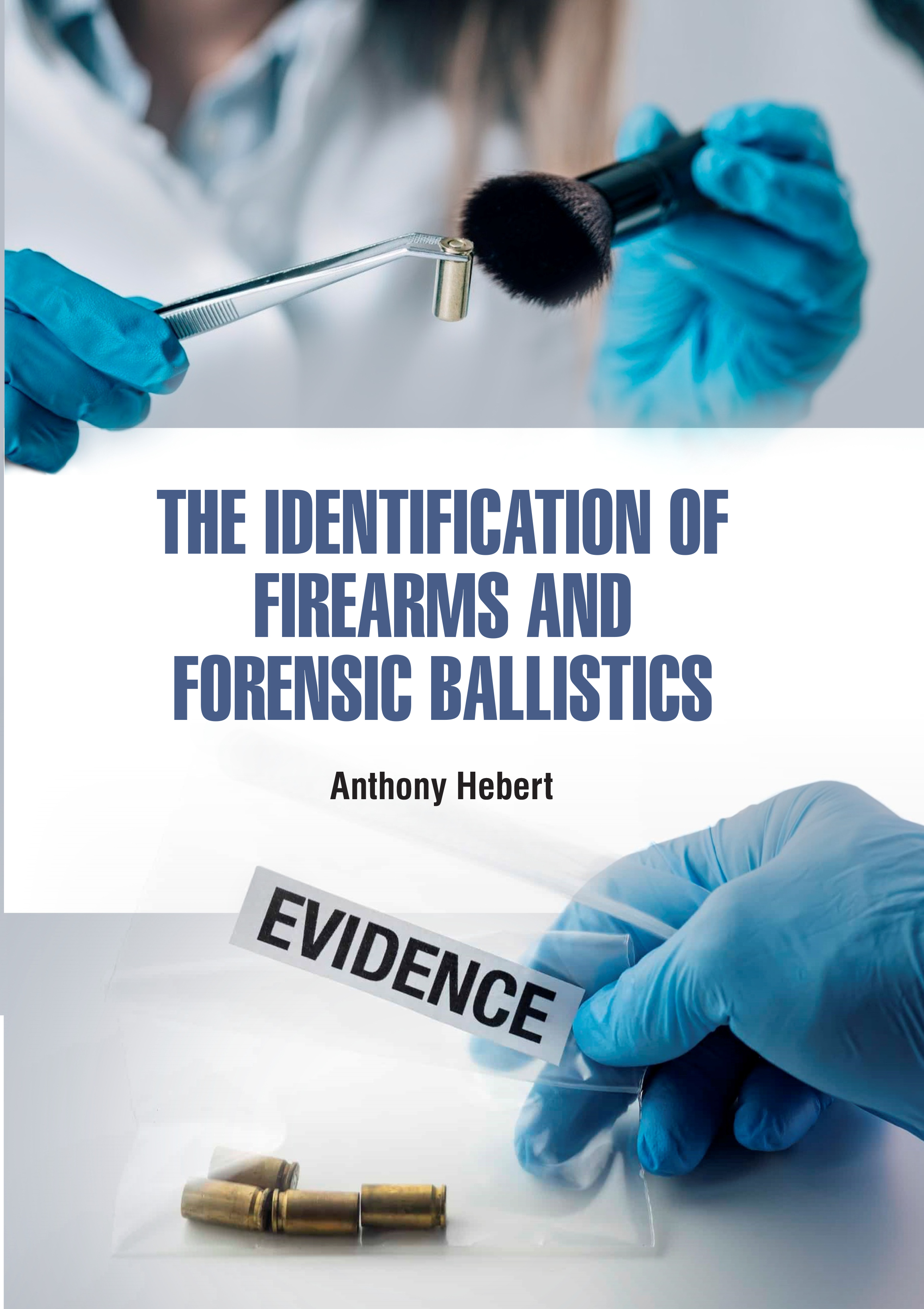
The Identification of Firearms and Forensic Ballistics
by Anthony Hebert
| ISBN | 9789372429923 |
|---|---|
| Publisher | Digital Drive Learning |
| Copyright Year | 2026 |
| Price | $250.00 |

by Anthony Hebert
| ISBN | 9789372429923 |
|---|---|
| Publisher | Digital Drive Learning |
| Copyright Year | 2026 |
| Price | $250.00 |
Forensic ballistics involves the examination of evidence from firearms that may have been used in a crime. The examiner will then assess how similar the two sets of marks are and determine if the bullets are likely to have been fired from the same gun or different guns. The field of forensic firearms identification, sometimes called ballistics, is at its heart the ability of a firearms examiner to determine if a particular bullet or cartridge case was fired from a specific firearm. This determination can be made thanks to small, often microscopic markings on bullets or cartridge cases that are unique to ammunition fired from that firearm. Although the examiner cannot determine who actually fired a weapon, matching the ammunition to a weapon provides vital facts for the investigation. Forensic scientists in the Firearm and Toolmark Section practice firearms identification. They determine if a bullet, cartridge case or other ammunition component was fired by a particular firearm. Firearm examiners benefit from knowledge and study of ballistics, the science of projectiles in motion, in their work. Examiners consider the interior ballistics, movement within the firearm, when evaluating a firearm or fired bullets in their examinations. They may also rely on their knowledge of terminal ballistics, the effects of a projectile’s impact on a target, when evaluating evidence for proximity determinations. For roughly a century, forensic ballistics experts have been comparing bullets and cartridge cases by visually examining them under a split-screen microscope. After comparing the bullets, the examiner can offer an expert opinion as to whether they match but cannot express the strength of the evidence numerically. Essential reading for forensic scientists, firearms examiners, defense and prosecution practitioners, the judiciary, and police force, this book is also a helpful reference guide for undergraduate and graduate forensic science students.